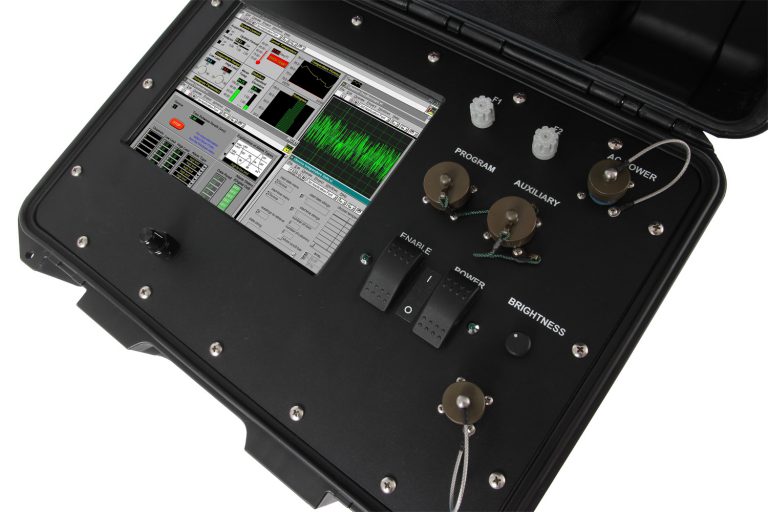Uses for ruggedized computer systems are highly specialized, and are likely to vary greatly from use to use. With these challenging and rather inflexible demands, off the shelf just won’t do. However, development, engineering and manufacturing costs for truly unique systems may be cost prohibitive to the end user. This is where custom product development comes in. But don’t let the name fool you, often, “custom” actually requires a blend of off the shelf components, customization and programming, with a heavy dose of experience, topped with innovation. The result? A solution that’s truly unique, and meets or exceeds the requirement for the project.

Let’s take a look at the process, and some examples.
The conversation typically starts with the sales/marketing team. Customers come to us with their needs, which we evaluate and brainstorm over. (We must admit, we love that part!) The goal is always to maximize value for customers, while minimizing any risk. This is especially important for mission- and safety-critical applications. Sometimes, it only takes a small leap to meet the requirements. Other times, it takes big thinking, which leads to even bigger developments.
For instance, in a previous blog, we discussed our role in moving the industry forward by incorporating USB-C connectors. The story actually started a few years earlier, when some questions came to us, “Where are the technology trends going? Can we do something more modern?” We had some pretty good ideas. But to be completely candid, at that time, the thought of USB-C didn’t stand out as the answer. But a seed was planted. Over time, it grew, and that rather general question led to a game-changing development for the entire industry.

When dealing with more mature markets, the challenges are more complex. For instance, for military use, a budget-friendly retrofit approach is often needed. Consider that a naval ship may be in service for up to 50-60 years. That’s a long time in the digital world. Technology changes at a rapid pace, often rendering the OEM equipment obsolete. Replacement parts are scarce, if not impossible to find. Further, new technology does not play well on old platforms. Ideally, we would want to redesign everything from the ground up to modernize it, while supporting future upgrades. But tearing it down to the foundation and rebuilding is a costly approach.
Our solution? Build a new layer on top of that original foundation.
This new layer supports current technology, and allows for future evolution, without reinventing it from the bottom up. Form, fit and function remain familiar and reliable, while the guts and technology are forward thinking. The future for the platform is very open, offering multiple possibilities for expansion and evolution.
From experiences like these, we grow our skillset and knowledge base. So the next time a customer or prospect comes to us with a similar situation, we can say, “Hey, we solved this already. Let’s apply that learning to this challenge.” The customer benefits from our experience, and risk is reduced, since solutions are based on proven concepts.
The real secret to successful customer-driven product development? We don’t always say yes. There’s an old saying that goes, “Know when you know, know when you don’t know.” Despite our in-house capabilities, from concept and design through manufacturing, testing and shipping, we haven’t seen it all. And, yes. It’s hard to say no, but we have to be mindful of risk mitigation, especially when considering the applications and environments of ruggedized systems. But when we do know, which is often the case, everybody wins.

